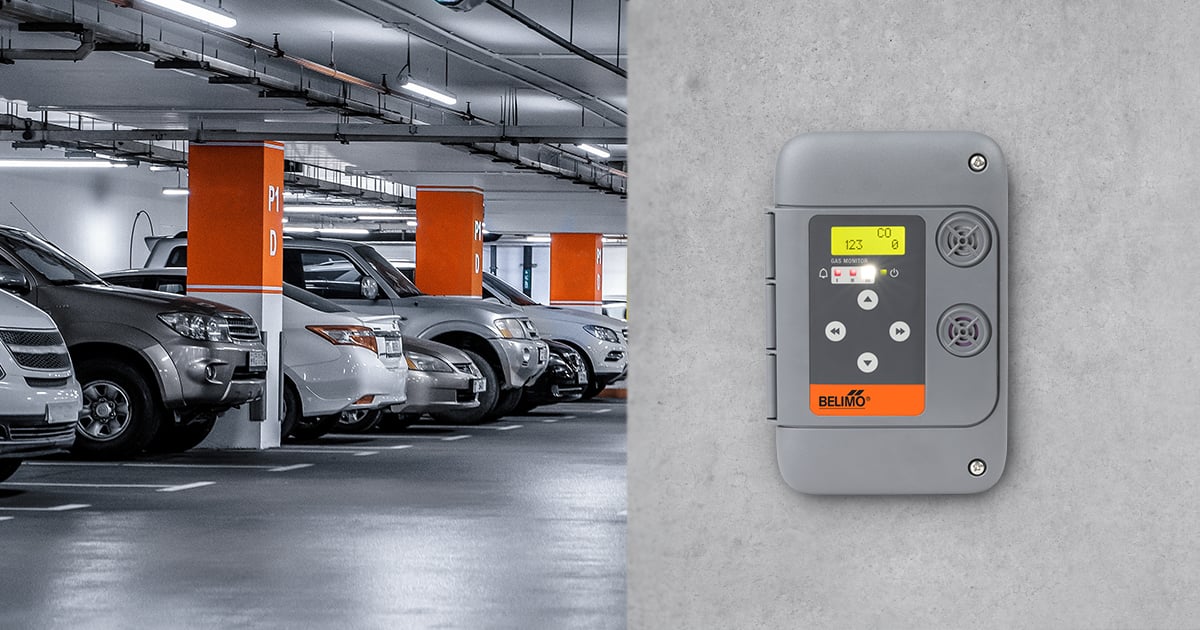Understanding the Importance of UL 2075 and ULC-S588 Certifications for CO and NO2 Monitors
Indoor air quality is a critical aspect of creating safe and healthy environments, particularly in spaces where vehicles operate or are stored, such as garages, tunnels, and maintenance facilities. Two of the most harmful gases in such settings are carbon monoxide (CO) and nitrogen dioxide (NO2), both of which can pose serious health risks at elevated levels. To ensure the safety and well-being of occupants, it is imperative to monitor these gases accurately and dependably. Achieving certification standards such as UL 2075 and ULC-S588 is an essential step for manufacturers in demonstrating the reliability and effectiveness of their products.
The UL 2075 standard is set by Underwriters Laboratories (UL), a universally recognized global safety certification organization. Pertaining specifically to gas and vapor monitors, detectors, and sensors, UL 2075 provides an extensive framework for regulating the design, functionality, safety, and performance testing of the entire gas monitoring device. The International Building Code (IBC) requires that buildings use UL 2075 Listed CO monitors, detectors, and sensors. In 2018, the International Mechanical Code (IMC) mandated that all carbon monoxide and nitrogen dioxide monitors, detectors, and sensors in enclosed parking structures be UL 2075 Listed.
Products that achieve the designation of “UL Listed” have undergone rigorous testing and evaluation by an independent Nationally Recognized Testing Laboratory (NRTL) to ensure they meet the specified performance criteria and safety standards. While some products on the market may be labeled as “UL Recognized” or “UL Approved,” only the designation of “UL Listed” indicates the product was independently reviewed and deemed to be in full compliance with the standard.
ULC-S588 is the Canadian counterpart to UL 2075, established by Underwriters Laboratories of Canada (ULC). It sets forth similar standards and requirements for gas and vapor monitors, detectors, and sensors, ensuring that products meet the necessary safety and performance criteria in Canadian jurisdictions.
The Belimo 22G series gas monitors have set a new benchmark for indoor air quality monitoring. The Belimo 22G02 CO, 22G14 NO2, and 22G0214 combo CO + NO2 gas monitors are now fully certified to UL 2075 and ULC-S588 standards, ensuring compliance with the highest safety and performance standards. Belimo is currently the only company that offers UL2075 & ULC-S588 certified NO2 and CO monitors globally. While some manufacturers may cite the UL 2075 rating for the sensing element only (or even reference the UL 2034 residential code), Belimo gas monitors are UL 2075 & ULC S588 certified in their entirety. Building owners, facility managers, and safety officers can leverage these certifications to ensure compliance with safety regulations across many jurisdictions, and most importantly, protect the health and safety of occupants.
Belimo gas monitors offer an intelligent peer-to-peer communication protocol that gives users the flexibility to configure and install a complete ventilation control system with only one monitor, or dozens operating in multiple ventilation zones. Belimo gas monitors are factory calibrated and can monitor up to two gases simultaneously. All monitors feature audible and visual alarms, and CAN bus communication, allowing for standalone operation and networking of up to 32 devices. Select models feature relays and analog outputs to control ventilation directly, as well as BACnet MS/TP allowing for integration into a BMS. The monitors can be easily assigned to groups for ventilation zoning on the same network, significantly reducing control wiring and installation time. All Belimo gas monitors are wired via daisy chain and are backed by a five-year warranty.
For an in-depth understanding of the comprehensive certification standards for gas monitoring systems, Belimo offers a detailed white paper exploring how its 22G Series Gas Monitors fully comply with the rigorous UL 2075 and ULC-S588 standards. This document outlines the increased regulatory emphasis on device durability, accuracy, and critical end-of-life signaling, demonstrating our commitment to ensuring robust air quality safety in enclosed spaces. Access the complete white paper here.
In summary, the certifications of UL 2075 and ULC-S588 are crucial in ensuring the safety and reliability of CO and NO2 monitors. By choosing Belimo’s UL Listed gas monitors, stakeholders are ensuring compliance with the highest safety standards, protecting both property and lives.

